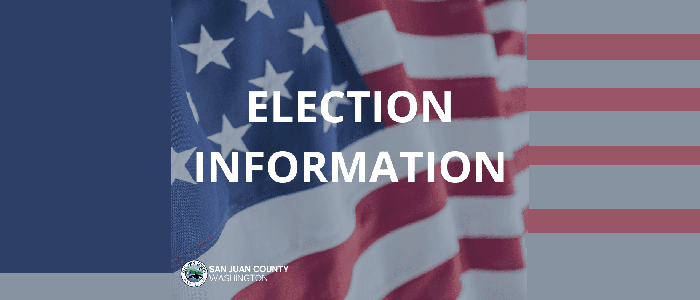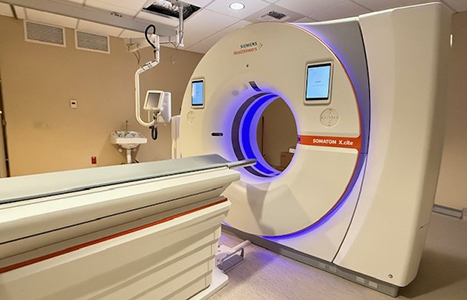Bullwings: Orcas Issues is proud to collaborate with the Stewardship Network of the San Juans to bring its series, “A Short Run to the Sea” to our readers.
We will reproduce daily articles from the series created and published on Stewardship Connections, an electronic publication of the San Juan County Marine Resources Committee and Lead Entity for Salmon Recovery.
Take a Peek Down the Drain
It’s probably a good thing we can’t take a peek down our drains…. But what happens there is interesting and knowing a bit about how septic systems work can help keep our waters healthy and safe.
About 25% of island residents have their sewage treated by one of the five sewage treatment plants in the San Juans – in Friday Harbor, Eastsound, Orcas Village, Rosario and a portion of Lopez Village. The majority rely on individual household septic systems to treat and disperse the sewage we create in our homes. Treatment plants and septic tanks use some of the same basic processes to treat waste and both have similar limitations on what they can remove from household sewage. This article talks about how septic systems work, and what they treat and what simply passes through into the environment.
Septic systems can be an effective tool for treating and dispersal of domestic sewage. But, in order to function well, the specific design needs to be chosen wisely, installed properly in an appropriate site, and operated and maintained properly.
Septic systems work by a combination of settling out solids, which are then partially digested by naturally occurring anerobic bacteria that do not require oxygen, then distributing the “clear” water (without the sediments) out into the soil via the drainfield. Additional treatment takes place there. The remaining impurities are trapped and eliminated in the soil, with the excess water percolating into the soil, possibly returning to the groundwater or absorbed through the root system of plants, shrubs and trees. Based on soil ratings established by the Soil Conservation Service very little area in San Juan County is suitable for conventional on-site septic systems, so there are many alternative systems installed that enhance treatment.The most popular additional treatment component includes sand filtration systems and aerobic units.
Properly maintained septic systems do an excellent job of purifying domestic wastewater. But they cannot treat a whole variety of things including medicines, many chemicals, greases, oils, paints and poisons. Pouring these down the drain is like pouring them directly into the ground, and because of our rocky soils, these often toxic substances can quickly find their way to our waters.
The first thing we can do to help our septic systems do their job and avoid unnecessary water pollution is to properly maintain our the systems. The state requires that on-site sewage systems be inspected every three years for standard gravity systems and annually for all other systems. There are a number of certified inspectors in the County. But homeowners have another option. The County recently started offering septic tank inspection classes for homeowners. Graduates of the 2 ½ hour classes are certified to perform state-mandated inspections on septic tanks on their property.
The second thing we can do is to avoid sending contaminants down the drain. Dispose of these various items properly in the trash or during the annual hazardous waste clean-ups held on the larger islands. Our larger wastewater treatment systems also do not treat many of these items.
The proper care and feeding of our sewage treatment systems can help keep our waters healthy and safe.
For the full series of articles, go to www.shortruntothesea.org
The San Juan Marine Resources Committee (MRC) was started in 1996 as a grassroots effort to establish local management of marine resources. It was the prototype for the creation of a federally sponsored network of seven MRCs working in northern Puget Sound and the Strait of Juan de Fuca. The MRCs are supported by federal funding through the Northwest Straits Marine Conservation Initiative.
The “Short Run to the Sea” campaign has been supported by the Education, Communication and Outreach Network (ECONet) of the Puget Sound Partnership.
**If you are reading theOrcasonian for free, thank your fellow islanders. If you would like to support theOrcasonian CLICK HERE to set your modestly-priced, voluntary subscription. Otherwise, no worries; we’re happy to share with you.**







